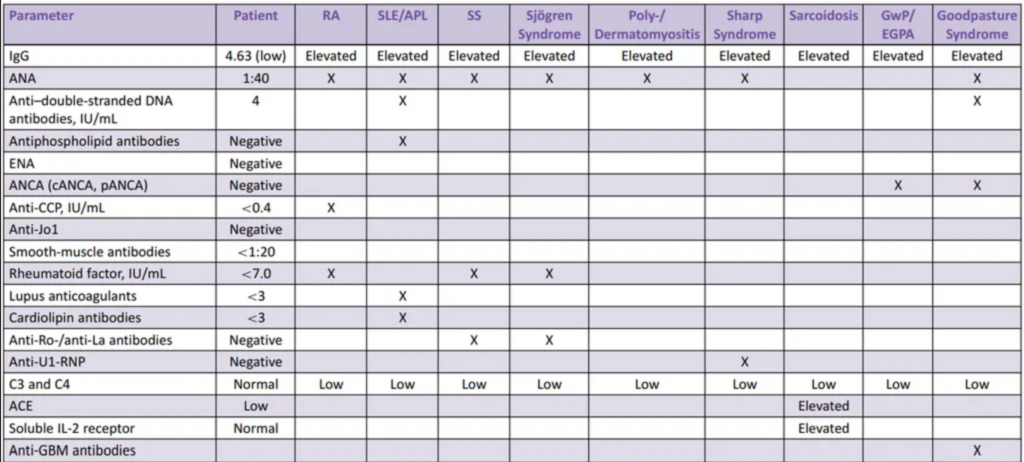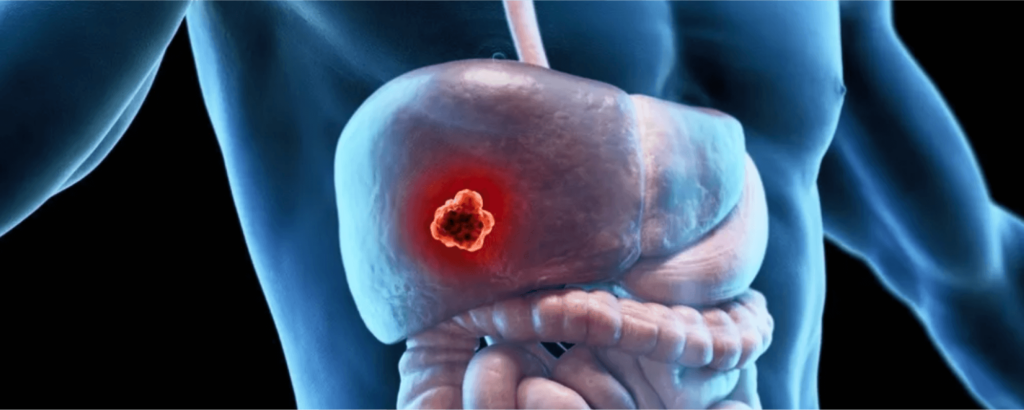A 27-year-old male patient visited the hospital with symptoms similar to the flu. He was experiencing breathing difficulties that rapidly progressed to respiratory failure. After conducting several tests, the patient was diagnosed with cardiac oxalosis caused by primary hyperoxaluria. Despite having only two previous kidney stone episodes, the patient’s condition worsened, leading to multiple organ failure. This case highlights the importance of timely recognizing this rare genetic disorder to prevent severe, irreversible consequences. It also emphasizes the need for more awareness and understanding of primary hyperoxaluria among healthcare professionals to ensure early diagnosis and appropriate treatment.
Background: Primary Hyperoxaluria Type 1
Primary hyperoxalurias (PH) are a group of rare inherited metabolic disorders that result from enzyme defects in glyoxylate metabolism. These disorders are characterized by the overproduction of oxalate, a natural end-product of metabolism normally excreted in the urine. However, excessive amounts of oxalate are produced in PH and cannot be properly eliminated, leading to systemic deposition in various tissues and organs. This can cause severe multi organ damage, including kidney stones, nephrocalcinosis, chronic kidney disease, end-stage renal disease, and systemic oxalosis affecting the bones, eyes, skin, and heart. PH 1 is the most common subtype of the disorder and can manifest at any age, but it is frequently overlooked in adults, leading to delayed diagnosis and treatment. Therefore, raising awareness about this condition is crucial to ensure early detection and appropriate management.
Objective
To underscore the significance of considering PH in patients with recurrent nephrolithiasis to prevent systemic oxalosis and associated organ dysfunction.
Case Report: Cardiac Oxalosis in Primary Hyperoxaluria Type 1
A 27-year-old male patient who had previously experienced two episodes of kidney stones presented with symptoms similar to influenza and acute kidney injury. Despite receiving medical treatment, his respiratory condition deteriorated quickly, leading to the need for mechanical ventilation and renal replacement therapy. The medical team ran several diagnostic tests to identify his condition’s underlying cause, but none provided any conclusive results. Finally, a myocardial biopsy revealed the presence of crystalloid myocardial deposits, which led to the diagnosis of cardiac oxalosis due to PH 1. This diagnosis sheds light on the cause of the patient’s symptoms and will help the medical team provide him with the most appropriate treatment.

Figure 1: Depicts thoracic and abdominal CT scans, showing bilateral pneumonia with pleural effusion and signs of acute respiratory distress syndrome on admission on the left. Subsequent scans 11 days later reveal shrunken kidneys, bilateral nephrocalcinosis, and nephrolithiasis, indicating chronic kidney damage on the right.

Discussion
This case underscores the criticality of early assessment for PH in individuals experiencing recurring nephrolithiasis, commonly known as kidney stones. The timely detection of PH is of utmost importance as it allows for implementing appropriate management strategies that can help prevent irreversible damage to vital organs. While RNA-interference drugs represent a relatively new but promising therapeutic option, their accessibility and cost remain major challenges. Researchers are also exploring substrate-reducing strategies as potential alternatives, which could help circumvent these challenges. As a result, further research in this area is warranted to identify effective and accessible therapeutic options for managing PH in patients with recurring nephrolithiasis.
Conclusion
The case of cardiac oxalosis in Primary Hyperoxaluria Type 1 underscores the critical need for heightened awareness and early recognition of this rare genetic disorder, particularly in adults presenting with recurrent nephrolithiasis. Delayed diagnosis can lead to severe multiorgan involvement and irreversible consequences. While therapeutic options like RNA-interference drugs offer hope, their accessibility and cost remain significant challenges. Continued research into alternative strategies, such as substrate-reducing medications and gene editing, is essential to improving patient outcomes with PH1. Interdisciplinary collaboration and specialized care are paramount for effectively managing this complex condition and optimizing patient outcomes.
Reference
- Guivala SJ, Panagiotis Xynogalos, Hoppe B, et al. The Importance of Detecting the Signs of Primary Hyperoxaluria—Cardiac Oxalosis in Primary Hyperoxaluria Type 1. Annals of Internal Medicine Clinical Cases. 2024 Feb 1;3(2). https://doi.org/10.7326/aimcc.2023.0483
About Docquity
If you need more confidence and insights to boost careers in healthcare, expanding the network to other healthcare professionals to practice peer-to-peer learning might be the answer. One way to do it is by joining a social platform for healthcare professionals, such as Docquity.
Docquity is an AI-based state-of-the-art private & secure continual learning network of verified doctors, bringing you real-time knowledge from thousands of doctors worldwide. Today, Docquity has over 400,000 doctors spread across six countries in Asia. Meet experts and trusted peers across Asia where you can safely discuss clinical cases, get up-to-date insights from webinars and research journals, and earn CME/CPD credits through certified courses from Docquity Academy. All with the ease of a mobile app available on Android & iOS platforms!






